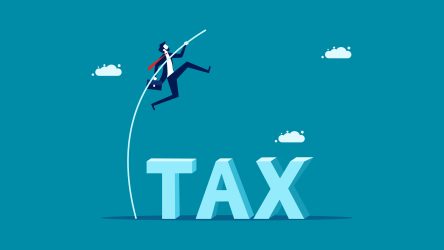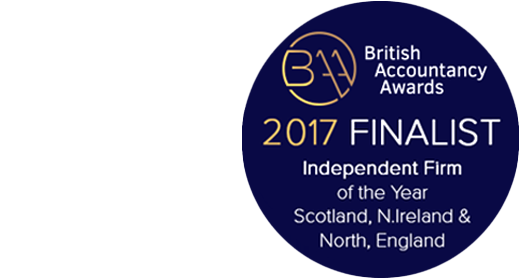
As a business owner, managing your income well is vital for sustaining both your business’s health and your personal finances.
Recent changes to the dividend tax allowance have led to a significant increase in the number of individuals now paying dividend tax.
To reduce your tax liability and improve your financial strategy, it is important to understand these changes and adjust your approach accordingly.
Dividend tax changes in recent years
In April 2023, the Government reduced the tax-free dividend allowance from £2,000 to £1,000, and a further reduction to £500 followed in April 2024.
These cuts mean that the number of people paying dividend tax has increased, leaving business owners with less room to manoeuvre when it comes to tax planning.
With the allowance now at £500, many business owners who previously enjoyed a buffer are finding themselves liable for dividend tax.
With this in mind, it is more important than ever to focus on tax planning to minimise your exposure and make the most of the available allowances.
Tips for minimising dividend tax liability
Optimise your salary and dividend mix
One of the most effective ways to manage your tax liability is to carefully balance your salary and dividend income.
While dividends are taxed at a lower rate than salary, the reduction in the tax-free allowance makes it crucial to calculate the most tax-efficient mix.
Consider taking a lower salary up to your personal allowance (£12,570 for the current tax year) and supplementing your income with dividends up to the basic rate threshold.
Utilise your spouse’s allowance
If you are married or in a civil partnership, consider splitting your business’ shareholding with your spouse.
By doing so, you can take advantage of both of your dividend allowances and potentially lower your combined tax liability.
This strategy is particularly beneficial if your spouse has little or no other income, allowing more of the dividends to be taxed at the lower rates.
Plan dividend distributions around tax thresholds
Timing is everything when it comes to tax planning.
Consider distributing dividends in a way that ensures you stay within the basic rate band.
Any dividends falling into the higher or additional rate bands will attract significantly higher tax rates (33.75 per cent and 39.35 per cent, respectively, as of the current tax year).
Make pension contributions
Pension contributions are a tax-efficient way to reduce your taxable income.
By making pension contributions from your company’s profits, you can lower the amount of profit available for distribution as dividends, thereby reducing your dividend tax liability.
Pension contributions can help you save for the future while providing immediate tax relief.
Consider other tax-efficient investments
If your company has surplus profits that you do not need to draw as dividends, consider investing in tax-efficient vehicles such as ISAs (Individual Savings Accounts).
While the returns on these investments may be lower than dividends, the tax benefits can be considerable, particularly as dividend allowances are reduced.
Review your tax strategy regularly
As seen with the frequent cuts to dividend tax, and the possibility of further changes in October’s budget, the tax landscape is constantly changing.
What works this year may not be as effective next year.
Regularly reviewing your tax strategy ensures that you are always taking advantage of the latest opportunities to minimise your tax liability.
These tips are a start, but to ensure you are fully in control of your tax planning, our professionals are here to provide you with expert help and guidance.
If you’d like more tips and advice on minimising your tax liabilities and utilising your dividends, please speak with us today.

